
 |
|
#1
|
||||
|
||||
|
Hi people
Aaron give me a task to build one of the most impressive models he designed: the Tupolev TB-3 in Zveno Configuration. In the fact the next release of Aaron, made all possible Zveno configurations, tested in URSS in 1930's. The only Zveno not buidable is a Zveno /SPB used in WWII because the TB-3 is from more advanced series (M-34 engines, different nose, simple undercarriage) and Polikarpov I-16 is a Type 24 ( in original experiment soviets used a I-16 Type 5). Introduction: Zveno (Russian: Звено, Chain link or a military unit "Flight") was a parasite aircraft concept developed in the Soviet Union during the 1930s. It consisted of a Tupolev TB-1 or a Tupolev TB-3 heavy bomber acting as a mothership for between two and five fighters. Depending on the Zveno variant, the fighters either launched with the mothership or docked in flight, and they could refuel from the bomber. The definitive Zveno-SPB using a TB-3 and two Polikarpov I-16s, each armed with two 250 kg (550 lb) bombs, was used operationally with good results against strategic targets in Romania during the opening stages of the German-Soviet War. The same squadron afterwards also carried out a tactical attack against a bridge over the River Dneiper that had been captured by advancing German forces.  In June 1931, Vladimir Sergeyevich Vakhmistrov of the NII VVS (Nauchno-Issledovatel'skiy Institut Voyenno-Vozdushnykh Sil – scientific test institute of the air force) started work on combinations of fighters rigidly attached to heavy bomber aircraft. The system was envisioned to serve several purposes: Delivery of fighters beyond their conventional range Provision of bombers with escort fighters Use of fighters for dive bombing with heavier bombs than they would be able to take off with on their own Using the added thrust of parasite aircraft to get a heavily-laden bomber airborne. In all Zveno configurations, all aircraft were piloted and all had their engines running — it was expected that the combined thrust would more than offset the weight and actually improve the performance of the mothership compared to conventional bombers. The fighters were rigidly attached via pyramid-shaped metal frames with bomb latches controlled by the fighter pilots (on Zveno-1, the front latches were controlled by the bomber crew, while the back latch was controlled by the pilot, this was changed to all-pilot control in the next version). The original design included umbilical fuel lines which permitted the fighters to use fuel from the bomber while attached, although this was not fully implemented in practice. 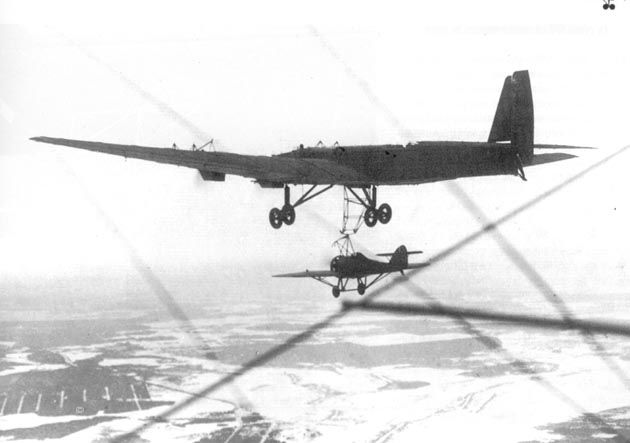 The first successful flight of Zveno-1 using a Tupolev TB-1 mothership and two Tupolev I-4 fighters mounted on top of the wings took place on 3 December 1931. An error in the sequence of opening the latches by the bomber crew resulted in one of the fighters prematurely separating, but the TB-1 with an I-4 attached to one of the wings remained in controlled flight and the second fighter was soon uneventfully deployed. After latch control was fully moved into the fighters, the normal launch procedure consisted of pilots opening the tail lock and then pulling on the control stick to open the front locks and separate from the bomber. As predicted, the presence of docked fighters had a minimal impact on performance of the mothership, and Zveno-2 Tupolev TB-3 carrying three Polikarpov I-5 fighters handled the same as an ordinary bomber. To mount the aircraft on the wings, they were pushed up special ramps but the centerline aircraft had to be lifted on top of the fuselage by hand. This was so cumbersome that the centerline I-5 became a permanent fixture on top of the Zveno-2 TB-3 and never started in the air. At one point, the centerline I-5, still with a pilot at the controls to operate the engine, had the wings and the tail surfaces removed and was used purely as fifth powerplant for the bomber mothership. 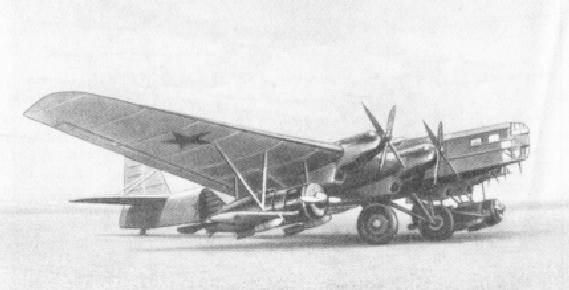 The Zveno-3 in which TB-3 carried two Grigorovich I-Z fighters under the wings presented a different challenge — the I-Z was a monoplane with fixed landing gear which touched the ground while it was suspended under the mothership. To accommodate the uneven ground during takeoffs, the fighters were attached via a floating frame that permitted vertical movement relative to the TB-3. However, immediately after takeoff the I-Z pilots had to push forward on the control sticks to lock the frame in the fixed bottom position — if the fighter-bomber was not rigid in flight, the bomber became extremely difficult to control. During one of the test flights, I-Z pilot Korotkov incorrectly timed the locking maneuver and the lift generated by his fighter broke the docking frame and crashed him into the bottom of the mothership's wing. As the bomber came in for an emergency landing with both fighters still attached, the slow landing speed of the TB-3 resulted in loss of lift for the I-Z which fell away, killing Korotkov. This was the most serious accident of the entire Zveno program despite the inherent complexity of carrying as many as five aircraft, performing mid-air launches and dockings, and damage to the motherships by propellers and landing gear of the fighters. Tests with various combinations of aircraft determined that top-mounted configurations presented the most difficulty in docking due to turbulent airflow coming off the mothership's wings. The problem of safe underwing attachment was solved with the appearance of the Polikarpov I-16 fighter with retractable landing gear. This permitted the use of the same rigid mounting frames as for the top-mounted aircraft. The mothership and its fighters were unofficially nicknamed the Vakhmistrov's Circus (Цирк Вахмистрова) Versions and types: (as incidicated buidable in this kit) Zveno-1 Tupolev TB-1 and two Tupolev I-4 on top of the wings. The normally sesquiplane I-4s had the bottom wings removed (with no ill effect on flight characteristics) due to clearance problems with TB-1 propellers.[3] First flight 3 December 1931. The TB-1 was piloted by A. I. Zalevskiy and A. R. Sharapov, the I-4s were piloted by V. P. Chkalov and A. F. Anisimov. Vakhmistrov himself flew in the front gunner's turret. Zveno-1a TB-1 and two Polikarpov I-5 on of the wings, first flight September 1933. The TB-1 was piloted by Stefanovskiy, the I-5s were piloted by Kokkinaki and Grozd. Zveno-2 (buidable) Tupolev TB-3 and three I-5, the third aircraft was attached over the fuselage. First flight August 1934. The TB-3 was piloted by Zalevskiy, the I-5s were piloted by Altynov, Suprun, and Suzi. Zveno-3 (buidable) TB-3 and two Grigorovich I-Z under the wings. Zveno-5 (buidable) TB-3 and a single I-Z under the fuselage which attached and detached in the air as there was not enough ground clearance for the fighter. On 23 March 1935, TB-3 piloted by Stefanovskiy and I-Z with Stepanchenok at the controls performed the world's first mid-air docking between two aircraft. Zveno-6 (buidable) TB-3 and two Polikarpov I-16 which were attached on the ground with the landing gear retracted. First flight August 1935, with the TB-3 piloted by Stefanovskiy, and the I-16s piloted by Budakov and Nikashin. I-16s could only detach, not re-attach, in flight Zveno-7 TB-3 and two I-16s, all docked in the air. First flight November 1939, pilots Stefanovskiy, Nyukhtikov, and Suprun. Fighters could re-attach in flight due to two retractable trapezes, one under each wing. Docking, while possible, was deemed too difficult to be practical. Aviamatka (Airborne mothership) (buidable) TB-3 with two I-16s under the wings, two I-5s on top of the wings, and one I-Z attached under the fuselage in mid-air. First flight 20 November 1935. The TB-3 was piloted by Zalevskiy, the fighters piloted by Stefanovskiy, Nikashin, Altynov, Suprun, and Stepanchenok. Vakhmistrov also worked on a larger Aviamatka with eight I-16s. In this scheme, the TB-3 would get airborne with two I-16s under the wings and the remaining six would attach in the air. Not all eight would attach at one time, but would rotate in and out during the flight, detaching and re-attaching as needed. These six aircraft could also refuel from the mothership. Although a few successful mid-air dockings and fuel transfers were performed in 1938 (Zveno 6 and 7), the eight-fighter configuration was never completed. SPB (Sostavnoi Pikiruyuschiy Bombardirovschik - Combined Dive Bomber) TB-3-4AM-34FRN and two I-16s under the wings, each armed with a pair of 250 kg (550 lb) FAB-250 bombs. Used operationally in World War II with good success (Wikipedia) |
| Google Adsense |
|
#2
|
||||
|
||||
|
A little review.
Aaron made for you build TB-3 Zveno the following kits: -Tupolev TB-3 (1931 version with M-17 engines) -Polikarpov I-5 (mid production) -Grigorovich I-Z -Polikarpov I-16 Type 5 For Zveno configurations no plane had tatical numbers, but Aaron intent release each kit separate, and in this case All have the numbers. From all Zveno configurations, I choose build the Zveno Aviamatka (two I-16, two I-5 and one I-Z). For me is most impressive from all Zveno mistels. All models are in WSAM scale (1/60) but I reduce from my standart 1/100 collection scale. The TB-3 had a good cockpit, and is a tipical model of Aaron, the fuselage is seperate from box sections, the nose is most sensible part for build.  The I-16 model is more easy to build because no have undercarriage and the engine is closed. Represent a early I-16 with enclosed cockpit.. 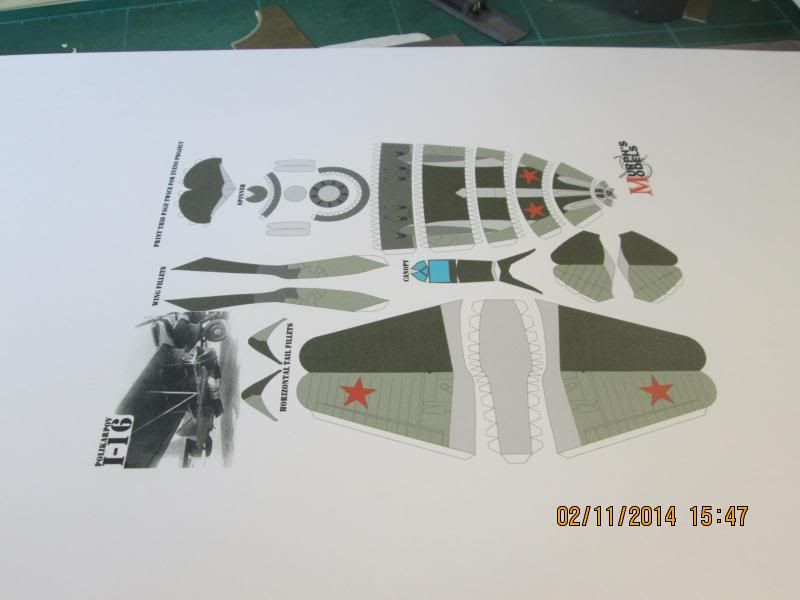 Here the Polikarpov I-5, I-5 was a fighter very similar to the Boeing P-12E, which was used by the VVS in the first half of the 30s, in fact the outbreak of the Great Patriotic War, several hundred were serving aeroclubs or units of second row Aviation front. The model is typical of Murph's Models (Old Oddball Design), the greatest difficulty is foreseen in the alignment of the upper wing and cables, this model had to be printed twice.  Finally the Grigorovich IZ, this fighter also called IP-1, P from Pancernik (Cannon) is one of the most unknown types in operation in the Soviet Union in the 1930s, was designed to attack enemy bombers or antitank role, as had a 37 mm cannon firing through the propeller shaft to act in Zveno, IP-1 had their guns removed in transforming variant IZ assault (able to carry heavy bombs on its wings). Being a monoplane'm not predicting major difficulties in assembling this. 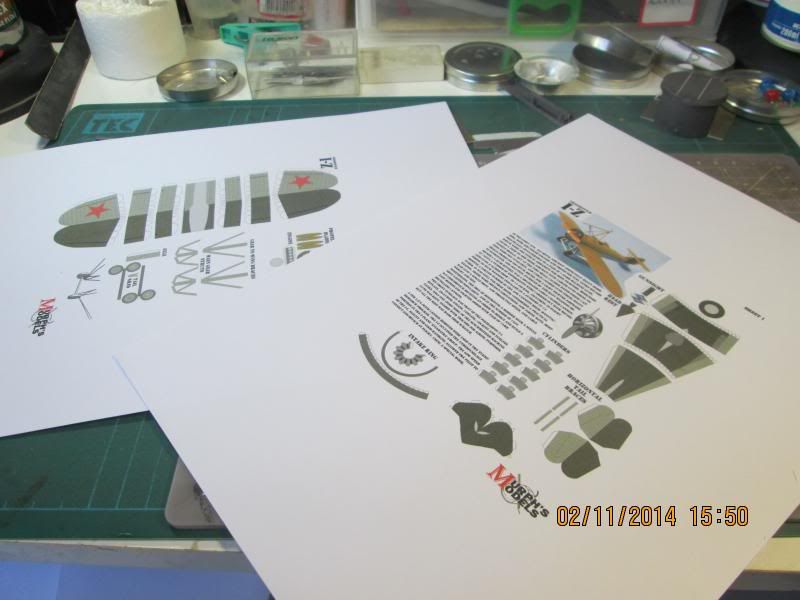 
|
|
#3
|
||||
|
||||
|
I start the project for TB-3 I build small (and tedious parts) in the first section the undercarriage wheels...
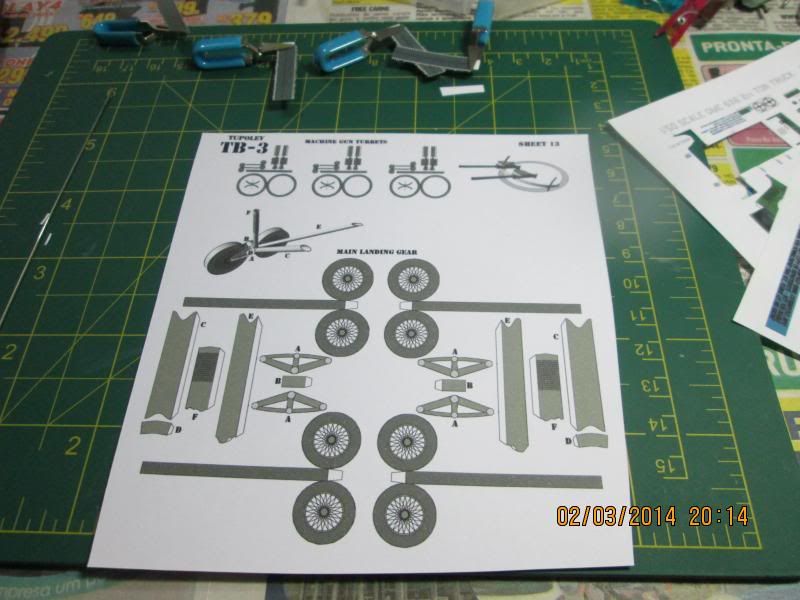 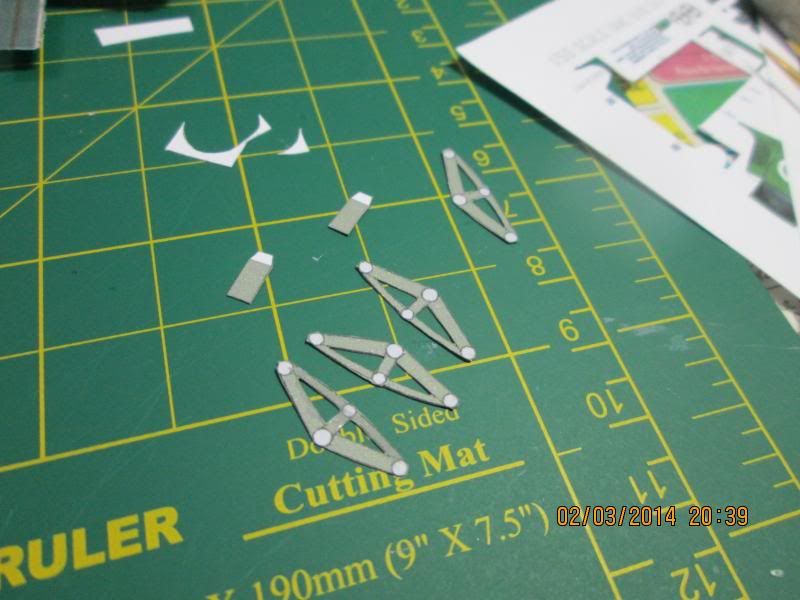 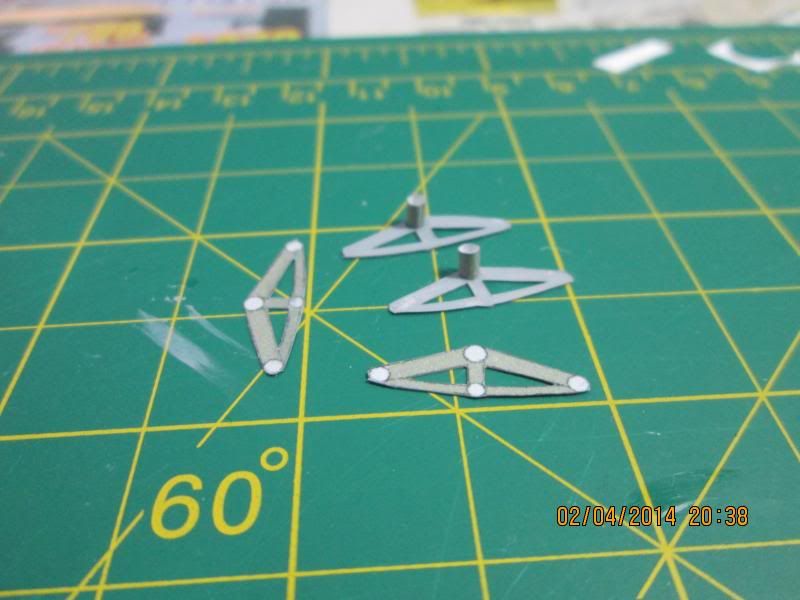 I star from axis wheels and paint the back side with light gray... 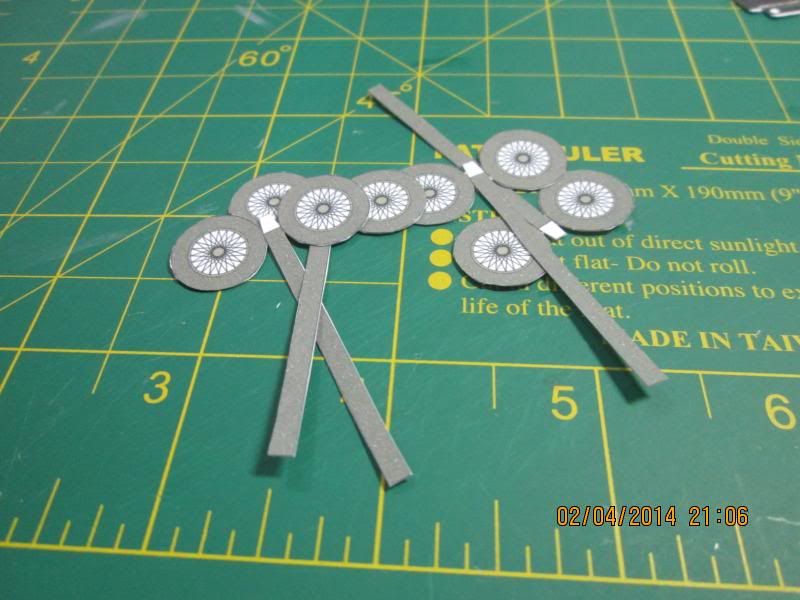  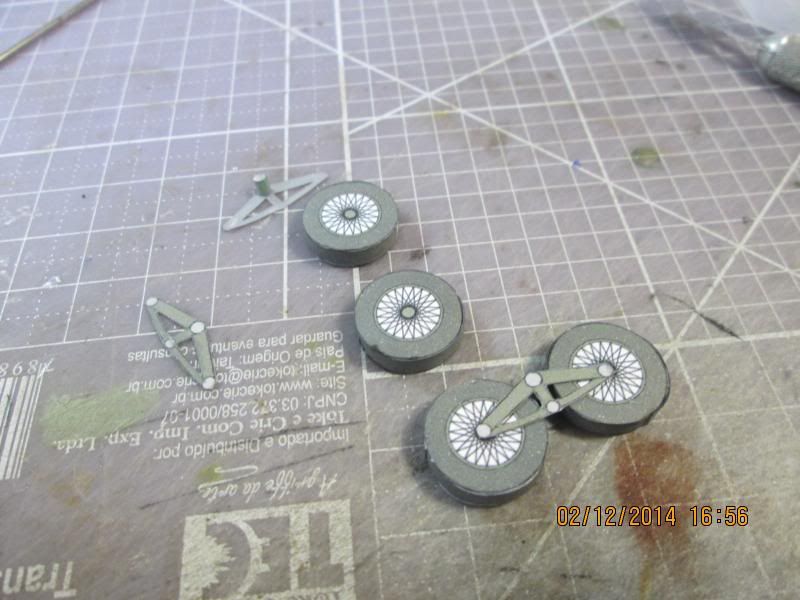 I made the weels and gluing in the axis...  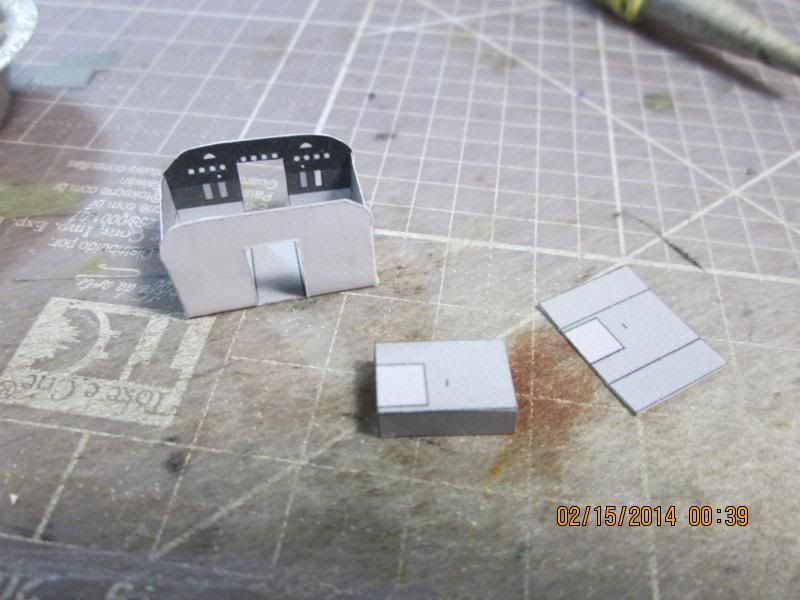 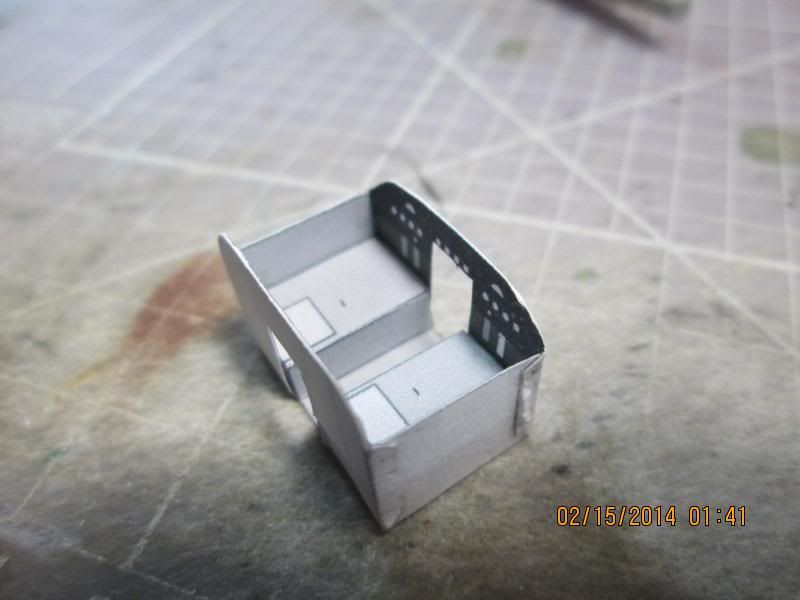 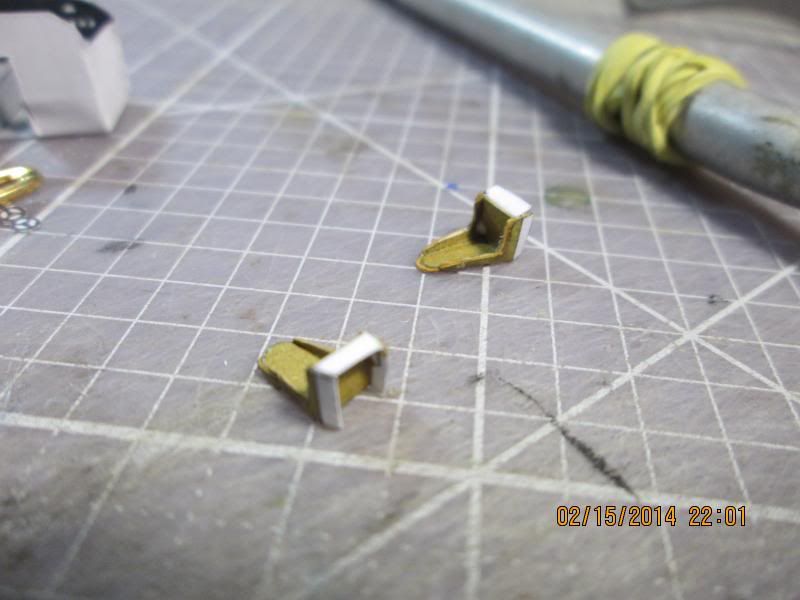 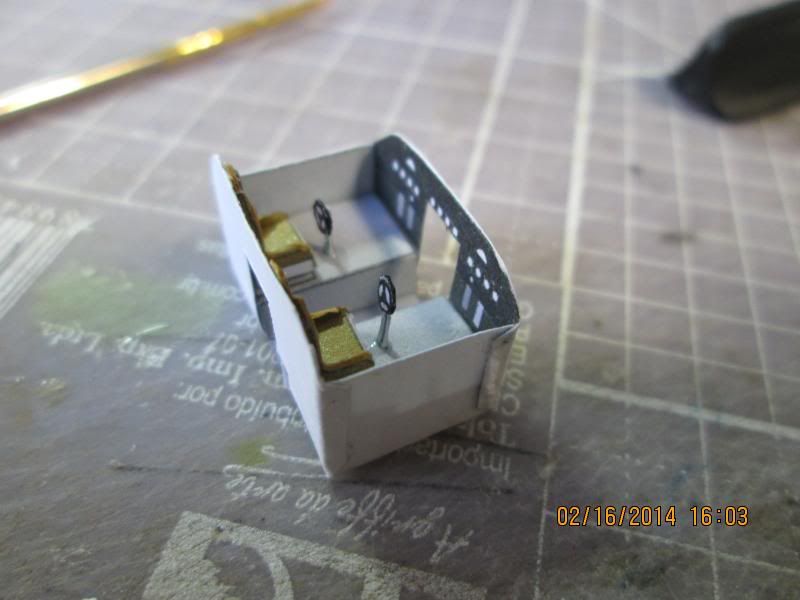 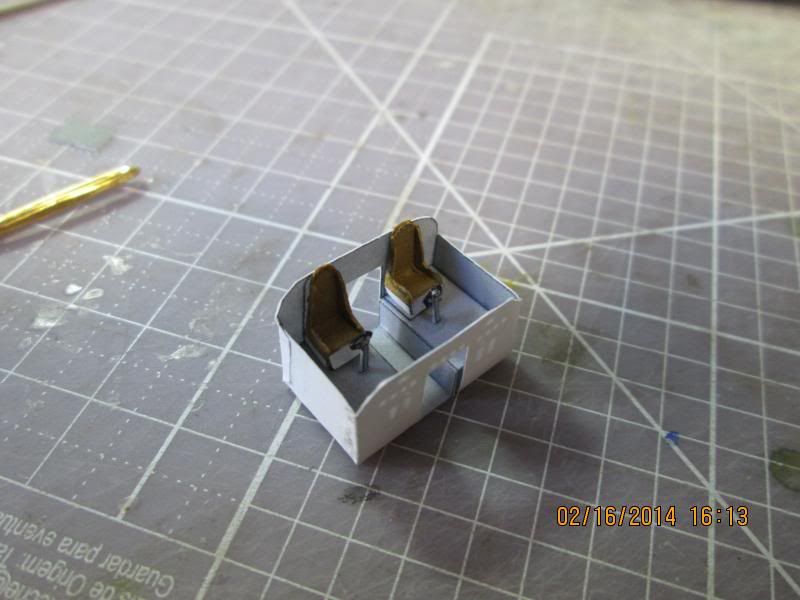 I made the cockpit of TB-3, is a sensible part because the small size of pieces in 1/100 scale... |
|
#4
|
||||
|
||||
|
Beautiful work (as always) Pericles.
Gary
__________________
"Fast is fine, but accuracy is everything" - Wyatt Earp Design Group Alpha https://ecardmodels.com/vendors/design-group-alpha |
|
#5
|
||||
|
||||
| Google Adsense |
|
#6
|
||||
|
||||
|
Looks mighty fine!
This is an outstanding build thread. You have designed it well, with excellent background information on the actual airplane set and the model. And, of course, you are displaying your usual superb images of your work. Many thanks. Don Last edited by Don Boose; 02-17-2014 at 09:16 AM. |
|
#7
|
||||
|
||||
|
Looking good, this is going to be huge!
|
|
#8
|
||||
|
||||
|
Many thank's my friends!
 . .I resume the work in the TB-3 building the frontal fuselage, a unique piece, but with some parts bit complicated, if you no have the correct sequence build. 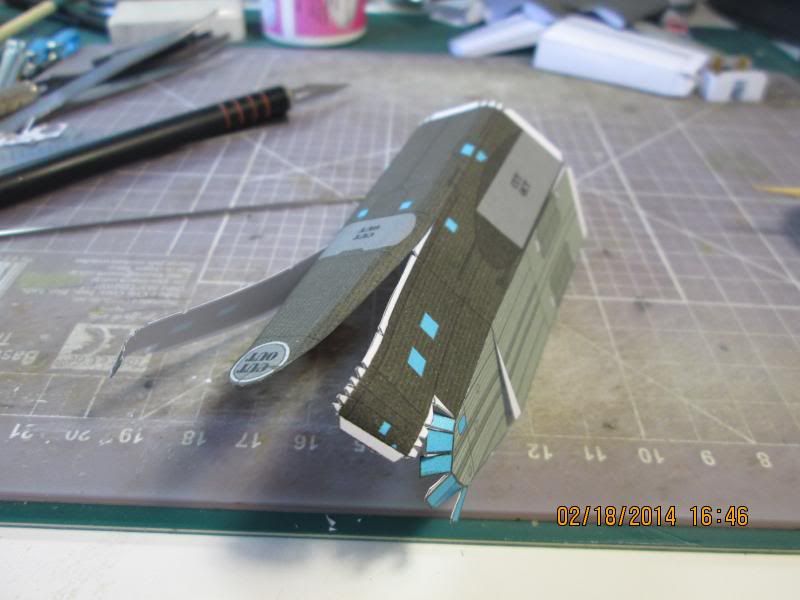 I start the glue of dorsal hull, tab for tab... 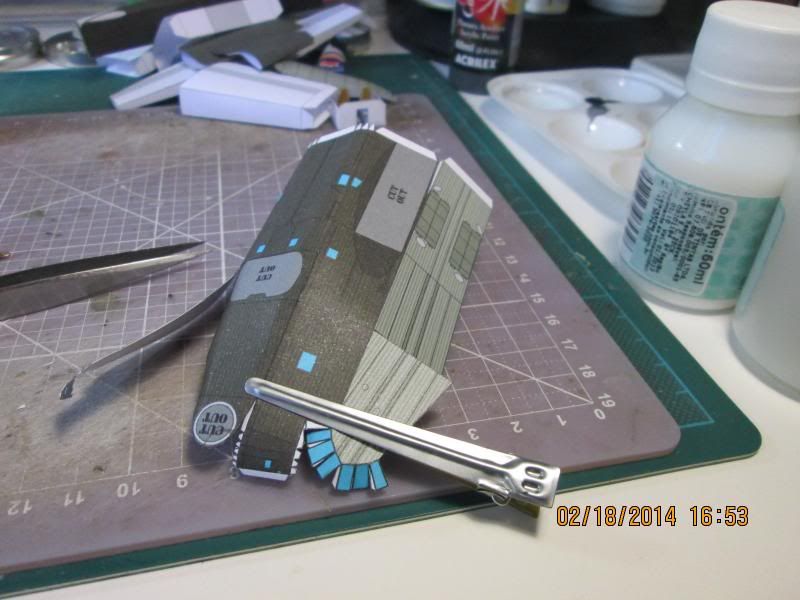 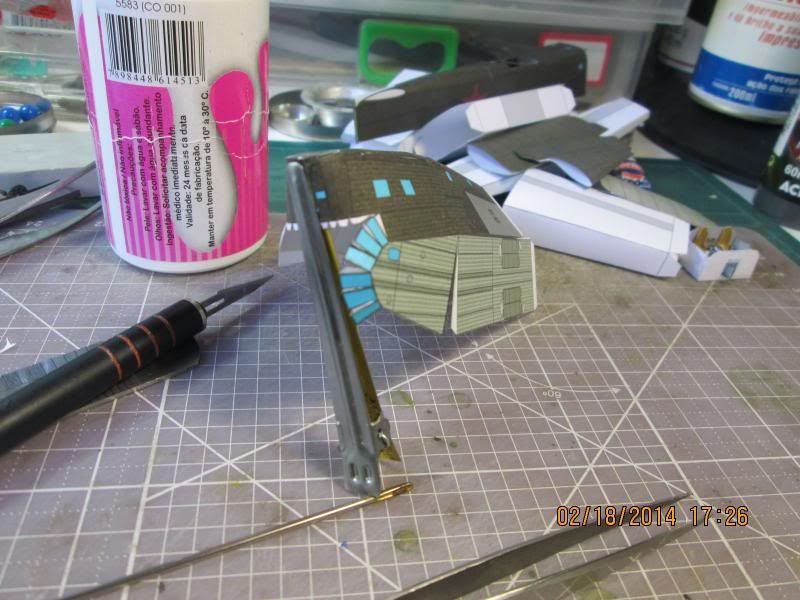 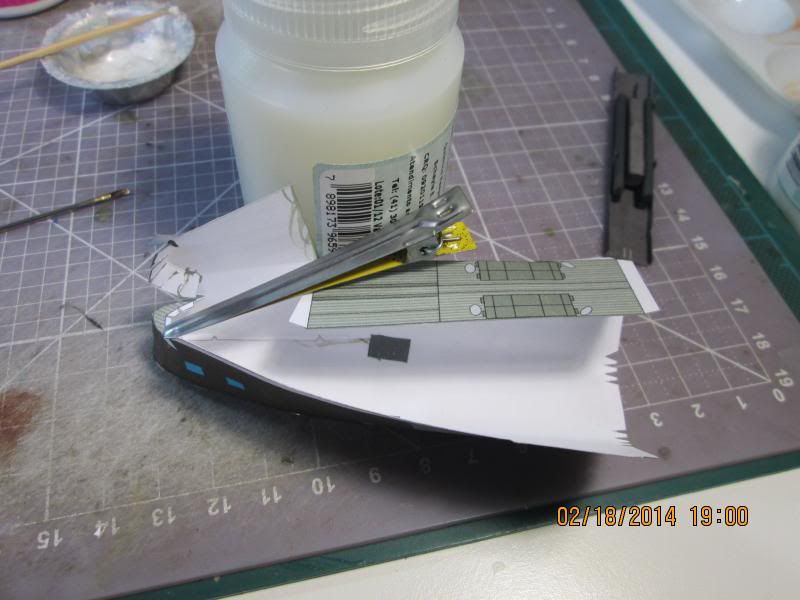  Note in the pic above I made a small reinforcement with paper in the cockpit area, is totally optional, but I like for made a cutting of the cockpit hole... 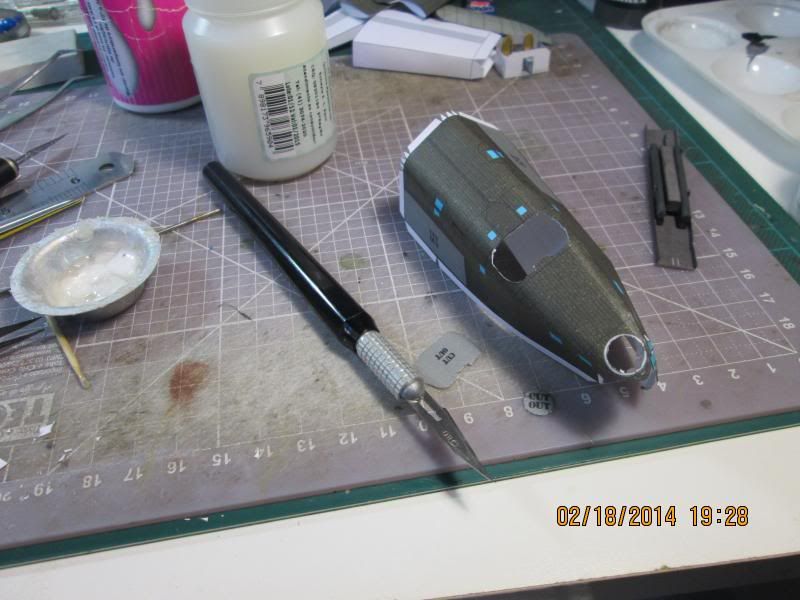 The piece close to finish, note the final part of nose is a last step in the build, the part of bottom not glue yet because the attachment of cockpit. 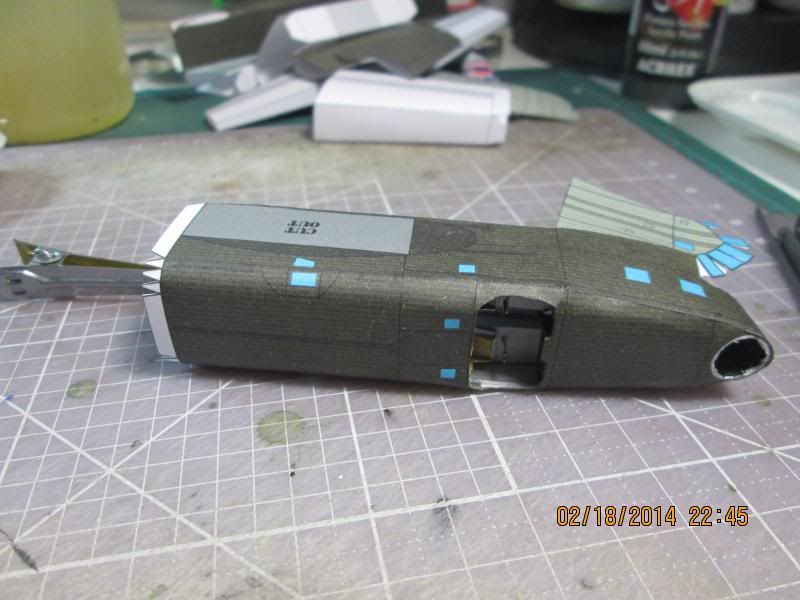 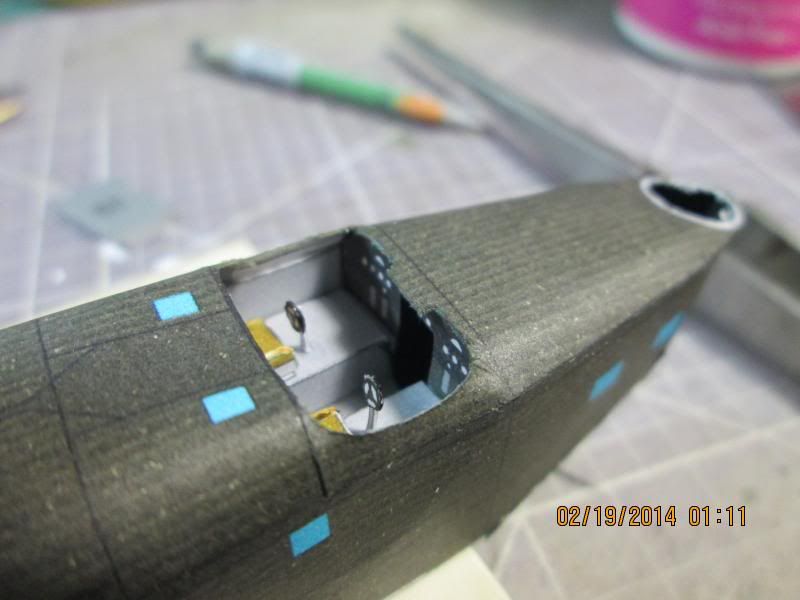 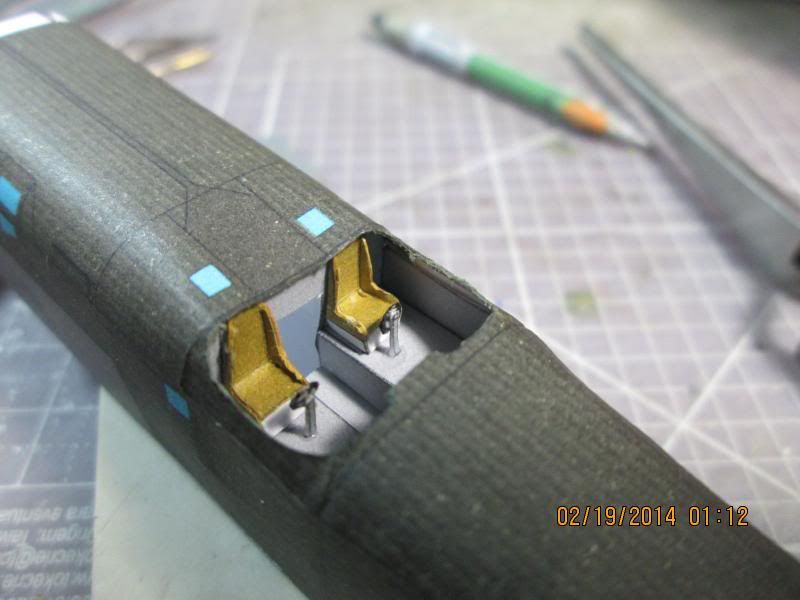 If you made correct the curvatures of fuselage, cockpit fit very well in the fuse... 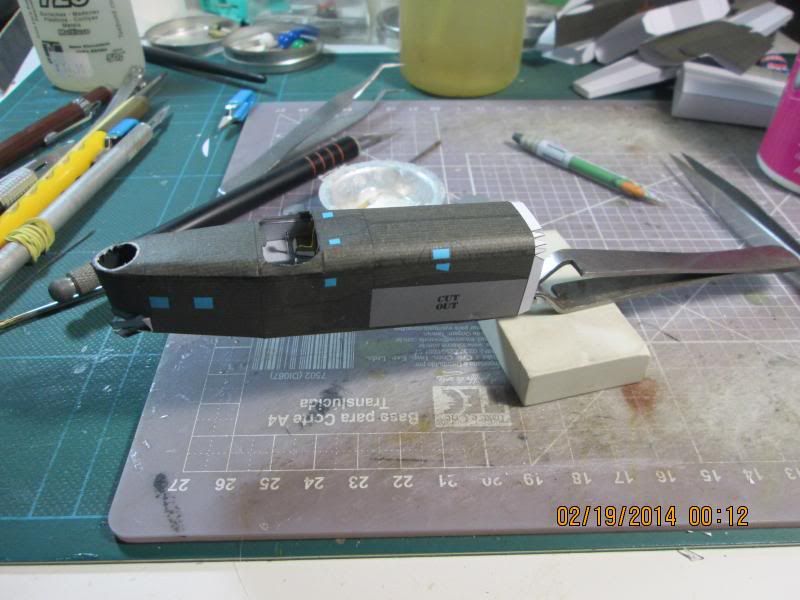 I glue the bottom fuse after cockpit insertion... 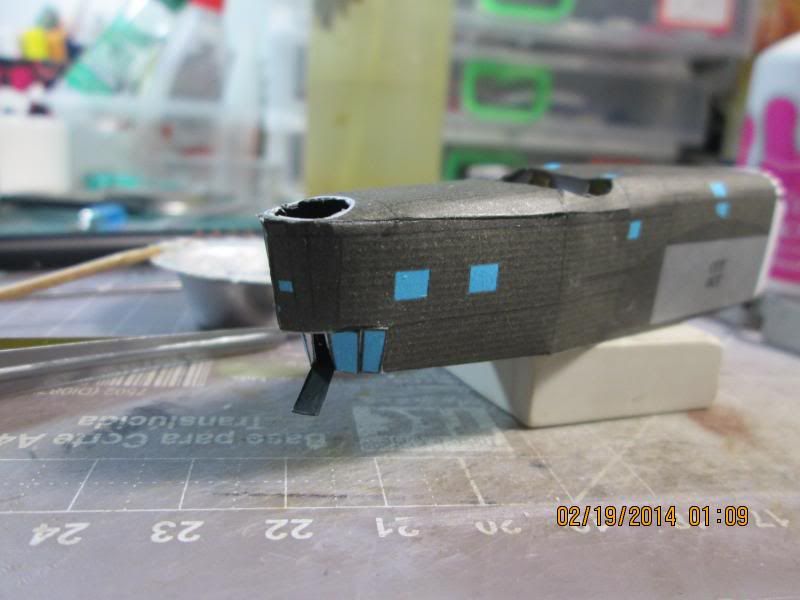 The last part is glue petals of bomb aimer's compartment , the secret is glue petal by petal, in the tab order... 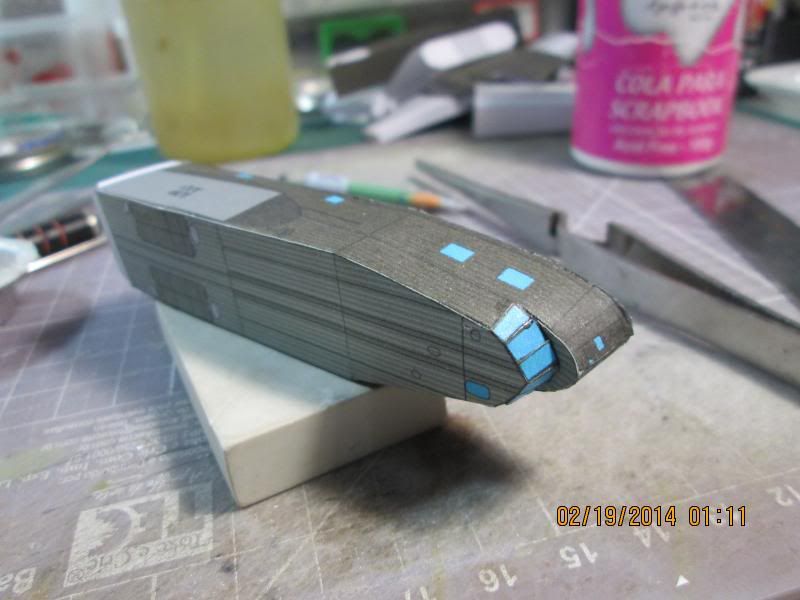 The result... 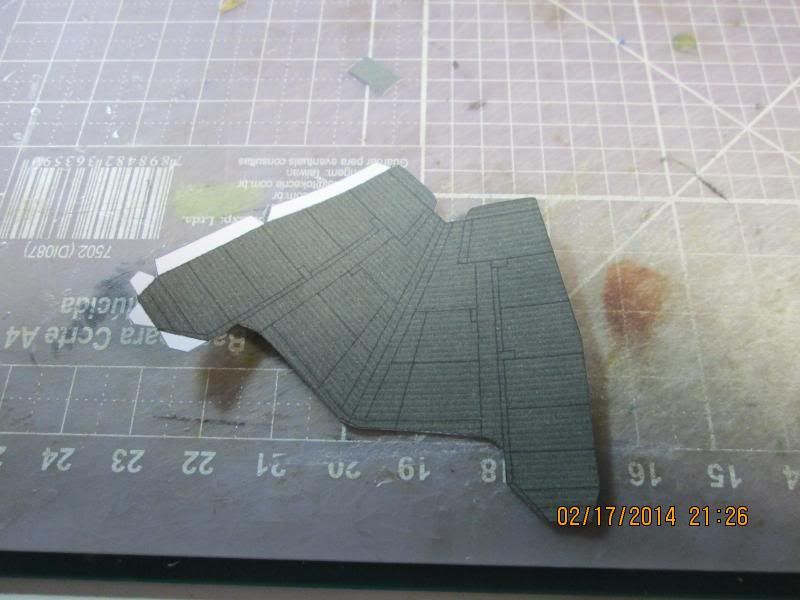 I made the tail... 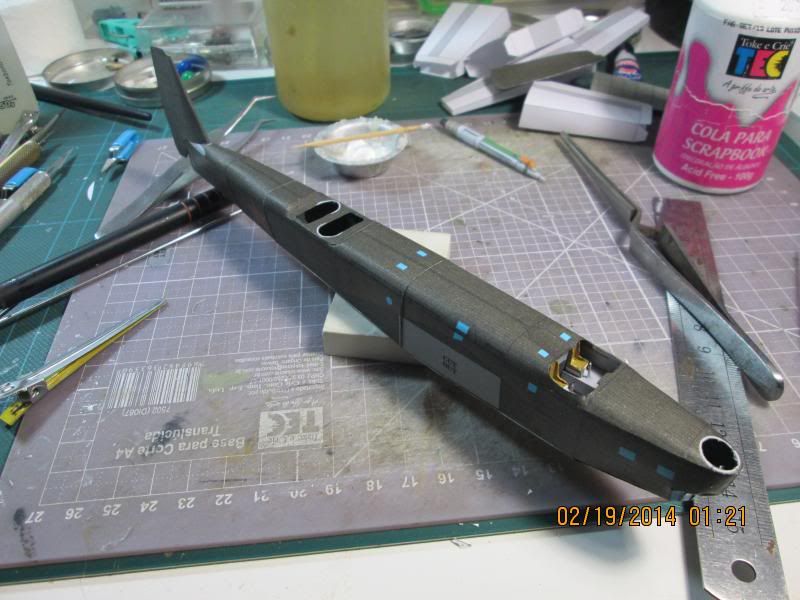 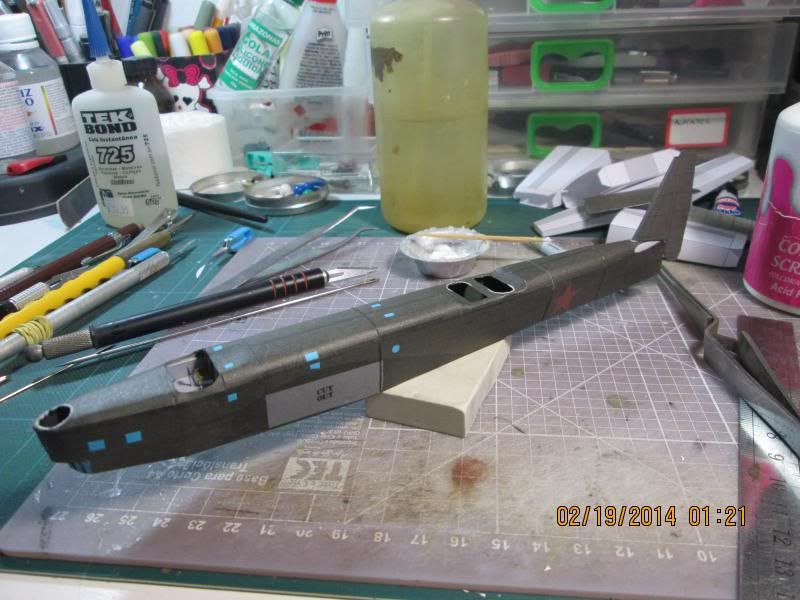  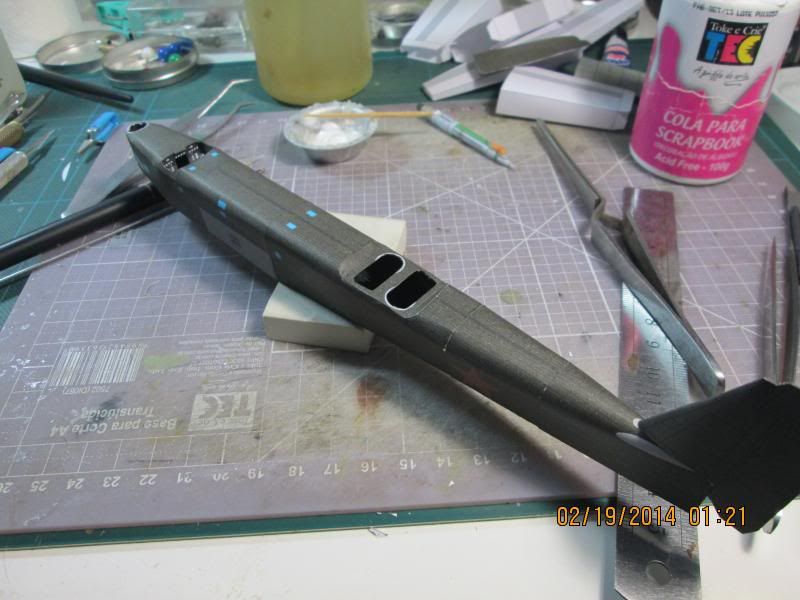 I join the fuselages and gluing the vertical tail, the TB-3 shape take form now... Until the next update glentemans! 
Last edited by gomidefilho; 02-19-2014 at 08:24 AM. |
|
#9
|
||||
|
||||
|
It looks beautiful, Péricles!
Did you lightly score all of the corrugation lines? They look very realistic. I like "petals of bombardment" to describe the windows of the bomb aimer's compartment. Don |
|
#10
|
||||
|
||||
|
Thank's Don!
The corrugated lines is a beautiful work of texturing made by Aaron, but I up the lines with a coat of UV printer protector and airbrushing a Testors semi matt varnish... Thank's for correct name, I not know in english and I fix in the description text to better know, Best regards my friend! |
| Google Adsense |
 |
|
|